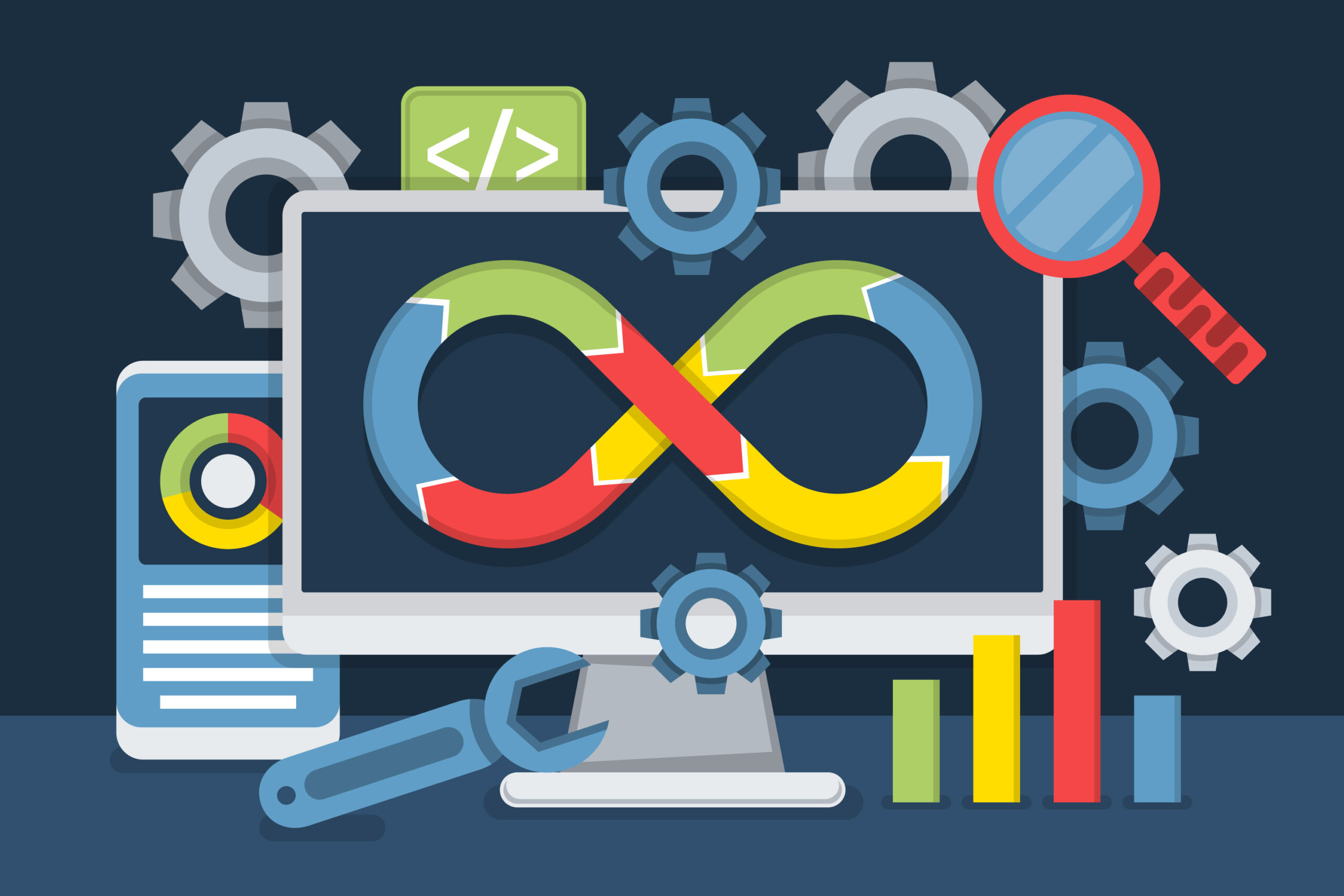Full-Stack Vs Manual Vs Automation: What’s Right for You?

In today’s fast-paced tech industry, software testing is one of the most promising and evolving career paths. Yet, many students and aspiring QA professionals often find themselves asking the same question-Which testing type should I learn first? Should it be Manual Testing, Automation Testing, or Full-Stack Testing?
The goal of this blog is to help you understand the differences between the three, their skill requirements, and which one aligns best with your career goals. Whether you’re searching for a full-stack testing course for beginners, wondering how to start automation testing, or exploring manual testing for beginners, we will help you to make the right choice.
Manual Testing-
Manual testing is the foundation of all testing practices. It’s where a tester manually executes test cases to identify bugs, usability issues, or performance gaps. This method doesn’t rely on any automation tools instead, it depends on human observation, attention to detail, and analytical skills.
Focus: Ensuring that software behaves as expected from a user’s perspective.
Automation Testing-
Automation testing uses scripts and specialized tools to test software more efficiently. It eliminates repetitive manual efforts, speeds up testing, and provides consistency in results. It’s especially useful for regression testing and large-scale software projects.
Focus: Achieving faster, more reliable testing outcomes using tools like Selenium, Cypress, and TestComplete.
Full-Stack Testing
Full-stack testing takes a holistic approach by covering every layer of the application i.e. from UI to backend to database and APIs. It requires a broader understanding of development, deployment, and automation processes.
Focus: Comprehensive quality assurance across the entire software ecosystem.
WHY IS THERE A CONFUSION BETWEEN THE THREE AMONG STUDENTS?
Students often get confused because these testing methods sometimes overlap in real-world job roles. Here’s why:
- Overlapping responsibilities: A tester might handle both manual and automation tasks in the same project.
- Different learning paths: Manual testing is easier to start with, automation requires coding knowledge, and full-stack testing demands a mix of both development and testing expertise.
- Job title ambiguity: Companies sometimes use “QA Engineer” or “Test Analyst” for roles that include multiple testing types.
The key is understanding that each path offers unique value and can complement the others as you grow in your career.
SKILLS REQUIRED FOR EACH TESTING TYPE-
1. Manual Testing Skills-
Manual testing is perfect for beginners who want to build a solid foundation in QA. It focuses more on logical reasoning and attention to detail than coding.
- Strong analytical and problem-solving mindset
- Ability to design effective test cases and scenarios
- Knowledge of manual testing techniques and best practices
- Familiarity with tools like JIRA, TestLink, and Bugzilla
- Good communication skills to report and document bugs clearly
2. Automation Testing Skills-
Automation testing requires a more technical skill set, combining coding and tool-based knowledge. If you’re curious about how to start automation testing, focus on building the following skills:
- Understanding programming languages such as Java, Python, or JavaScript
- Working knowledge of automation testing tools for beginners like Selenium, Cypress, or Appium
- Ability to design automation frameworks and write reusable scripts
- Logical thinking for automating test cases efficiently
- Familiarity with CI/CD tools like Jenkins and Git
3. Full-Stack Testing Skills-
Full-stack testing combines manual, automation, and backend validation skills, making it the most versatile testing type. If you’re exploring a full-stack testing course for beginners, you’ll need:
- Understanding of both front-end (HTML, CSS, JS) and back-end (APIs, databases)
- Ability to test web services using tools like Postman or SoapUI
- Knowledge of automation frameworks and scripting
- Awareness of DevOps tools like Docker, Jenkins, and Git for CI/CD pipelines
- Analytical skills to evaluate application performance end-to-end
INDUSTRY METRICS-
According to NASSCOM’s 2025 report, India’s software testing market is expanding at an annual rate of 12%, thanks to automation and AI integration in QA processes.
- Around 60% of QA professionals still rely on manual testing for user interface and experience testing.
- 30% of companies primarily use automation testing to speed up deployment cycles.
- 10% are shifting towards full-stack testing for complete end-to-end testing coverage.
This clearly shows that while manual testing continues to play a crucial role, automation and full-stack testing are paving the way for the future.
SIDE BY SIDE COMPARISON-
| Feature | Manual Testing | Automation Testing | Full-Stack Testing |
| Speed | Slower | Very Fast | Moderate to fast |
| Accuracy | Human-dependent | High (if well-scripted) | High across layers |
| Cost | Low setup, high in time | High setup, cost-effective long-term | High skill investment |
| Tools | Minimal | Selenium, Cypress, etc. | Mix of testing, CI/CD & DevOps tools |
| Learning Curve | Easy | Moderate (needs coding) | Advanced |
| Career Growth | Moderate | High | Very high |
| Industry Demand (India) | Still strong | Rapidly growing | Emerging but valuable |
REAL-WORLD USE CASES-WHICH TESTER COMPANIES PREFER IN INDIA?
- Startups usually prefer manual testers because of lower project budgets and simpler apps.
- Mid-sized IT companies rely on automation testers to ensure faster releases and better scalability.
- Large enterprises like TCS, Infosys, Wipro, and Accenture increasingly hire full-stack testers who can manage end-to-end QA with both manual and automated testing knowledge.
The trend in India clearly shows a shift toward automation and full-stack testing professionals due to their versatility and higher productivity in agile environments.
FAQs-
Q1. Is manual testing still relevant in 2025?
–Manual testing is essential for usability and exploratory testing, where human judgment matters most.
Q2. How to start automation testing as a beginner?
–Learn a programming language (like Python or Java), understand frameworks, and start with automation testing tools for beginners such as Selenium or Cypress.
Q3. What will I learn in a full-stack testing course for beginners?
–You’ll master UI, backend, database, and automation testing along with CI/CD integration.
Q4. Do full-stack and automation testing require coding?
–Yes, a basic knowledge of scripting is necessary, but modern tools make it easier for beginners to get started.
CONCLUSION-
So now that you know the differences, the question is-Which testing career will you choose? If you’re aiming for a future-proof career with wide-ranging opportunities, Full-Stack Testing is the way to go. It blends the strengths of both manual and automation testing and prepares you for advanced QA roles.
To build your career the right way, join SURESH IT ACADEMY Hyderabad’s leading institute offering a comprehensive full-stack testing course for beginners. Learn from industry experts, gain real-world exposure, and become a complete testing professional ready to take on the future.













